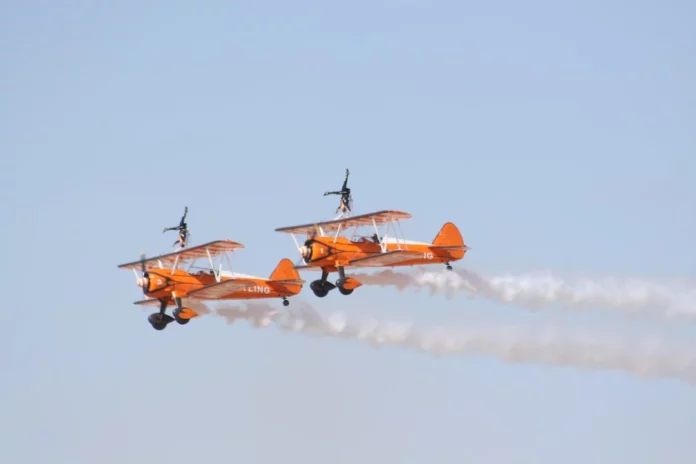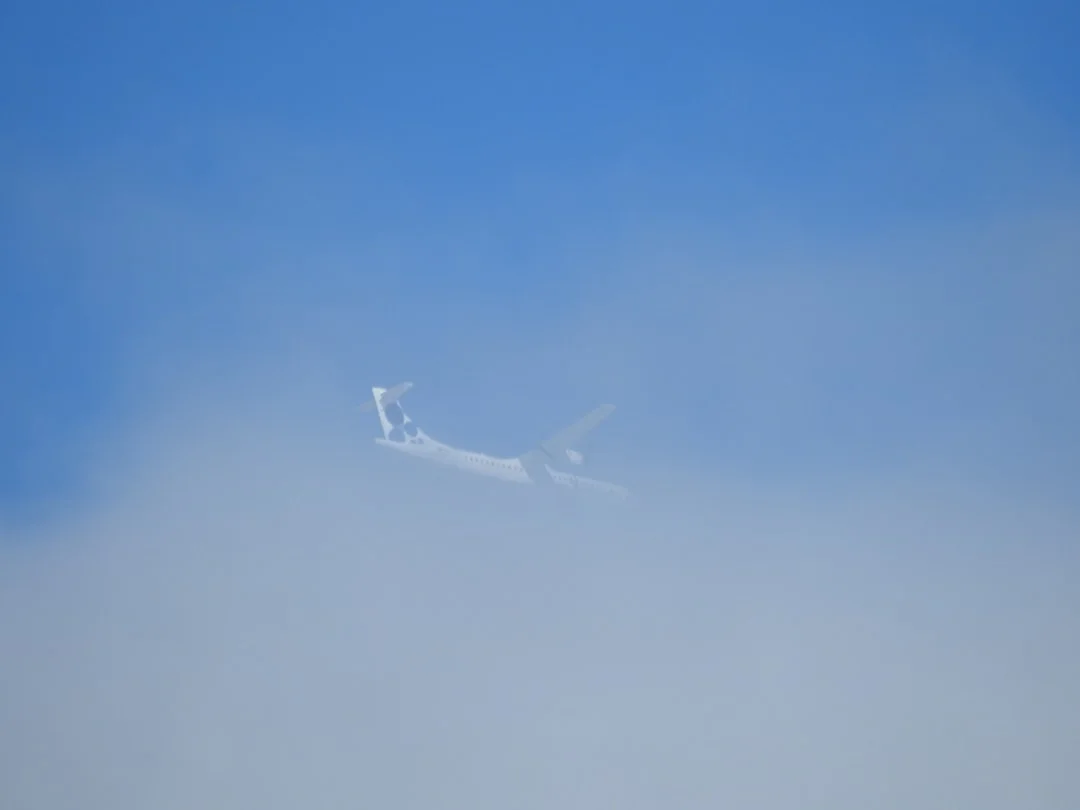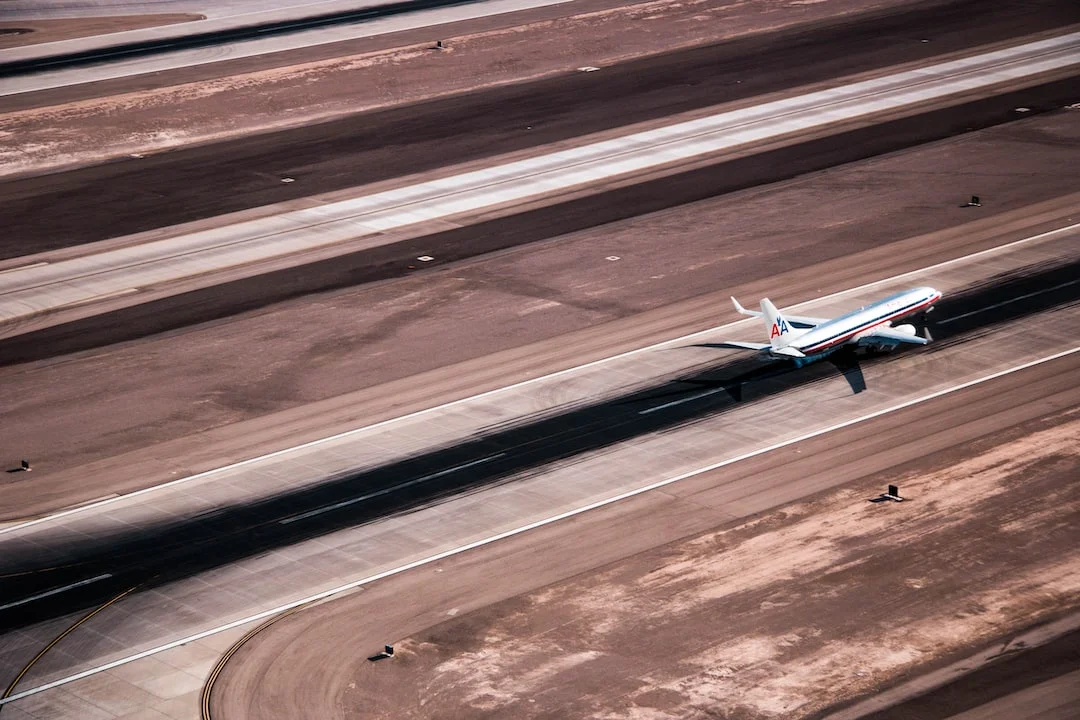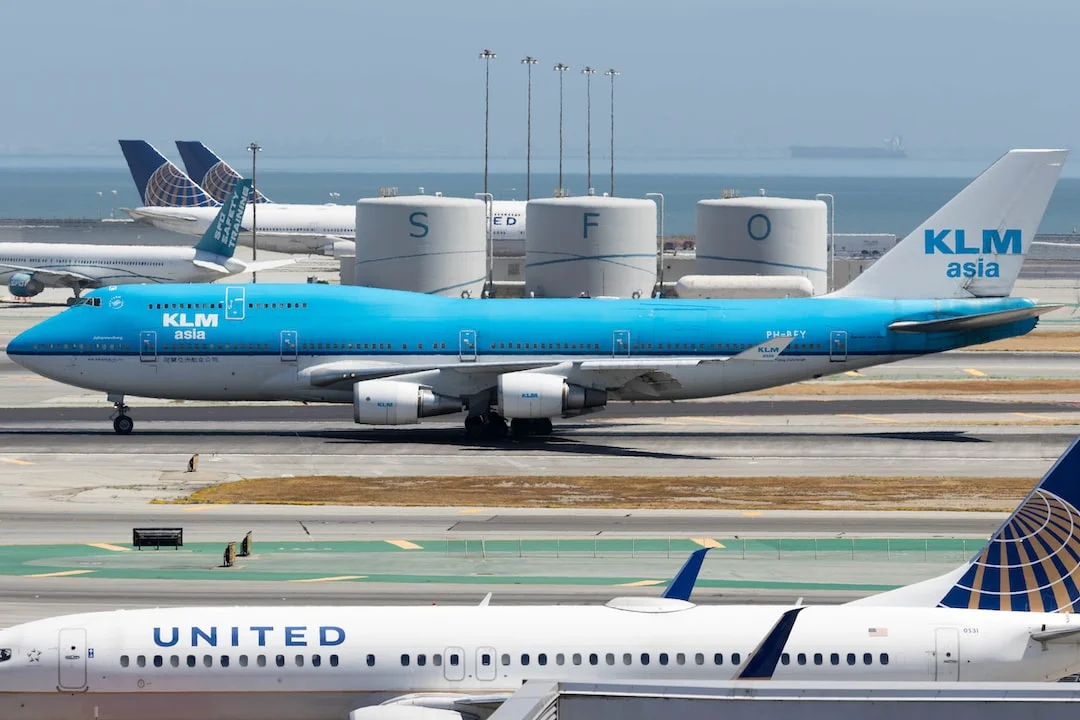In aviation, one of the crucial aspects of a successful flight is the approach and descent phase. It is during this phase that the aircraft transitions from its cruising altitude to the runway. This process requires precise planning and execution, and that’s where Profile Descent comes into play. Profile Descent, often abbreviated as P-DES, is a flight technique used by Airbus A320 pilots to optimize the descent path for fuel efficiency and passenger comfort.
Profile Descent relies on precise speed and altitude management to achieve an ideal descent profile. By following a predefined descent trajectory, the aircraft can minimize fuel consumption and noise pollution while maintaining a smooth and comfortable experience for passengers.
When performing a Profile Descent, the aircraft enters a predefined trajectory based on the selected approach procedure. Instead of descending in a stepped manner, which involves leveling off at different altitudes before descending further, Profile Descent allows for a continuous descent from the top of the descent point until reaching the runway threshold. This eliminates unnecessary level-offs, reducing fuel burn and environmental impact.
Advantages of Profile Descent
Profile Descent offers several advantages compared to traditional step-down descents:
1. Fuel Efficiency: By eliminating unnecessary level-offs, Profile Descent reduces fuel burn and improves overall fuel efficiency. The continuous descent allows the aircraft to perform a more direct flight path to the runway, reducing total flight time and saving valuable resources.
2. Noise Reduction: Profile Descent plays a significant role in reducing noise pollution around airports. By maintaining a stable descent trajectory, the aircraft reduces the need for thrust adjustments and engine power changes, resulting in quieter operations during final approach.
3. Passenger Comfort: A continuous descent minimizes the number of altitude changes, providing a smoother flight experience for passengers. Without the frequent interruptions caused by level-offs, passengers are less likely to experience discomfort or disturbances due to abrupt changes in cabin pressure.
Pilots also benefit from Profile Descent, as it simplifies the descent planning process. By following a predefined descent path, pilots can accurately gauge the required descent rate and speed, ensuring a precise arrival at the runway threshold.
Implementation of Profile Descent on Airbus A320
On the Airbus A320, pilots can utilize the aircraft’s Flight Management System (FMS) to enable and execute Profile Descent. The FMS is a sophisticated computer system that manages the flight plan, performance, and navigation capabilities of the aircraft. It calculates a descent profile based on the selected approach procedure and provides guidance to the pilots.
Once the Profile Descent mode is engaged, the FMS provides vertical speed and altitude targets for the pilots to follow. These targets are calculated to ensure a smooth and efficient descent. The pilots use the autopilot or manually adjust the controls to maintain the desired descent rate and airspeed.
During the descent, pilots also receive valuable information from the aircraft’s instruments, such as the Vertical Speed Indicator (VSI) and the Groundspeed Indicator (GSI). The VSI indicates the rate at which the aircraft is descending, while the GSI provides the speed over the ground. These instruments help pilots monitor their progress and make adjustments if necessary.
It is important to note that Profile Descent is not always feasible in all situations. Factors such as air traffic control instructions, weather conditions, and airspace restrictions can influence the implementation of Profile Descent. Pilots must always prioritize safety and comply with the instructions and regulations provided by air traffic control.
Overall, Profile Descent is a valuable technique employed by Airbus A320 pilots to optimize the descent phase of a flight. By following a continuous descent profile, pilots can achieve significant fuel savings, reduce noise emissions, and provide a more comfortable experience for passengers. With the assistance of advanced technology, such as the Flight Management System, implementing Profile Descent has become more efficient and precise.
For more information on Airbus A320 aircraft and its operational techniques, you can visit the official Airbus website.




